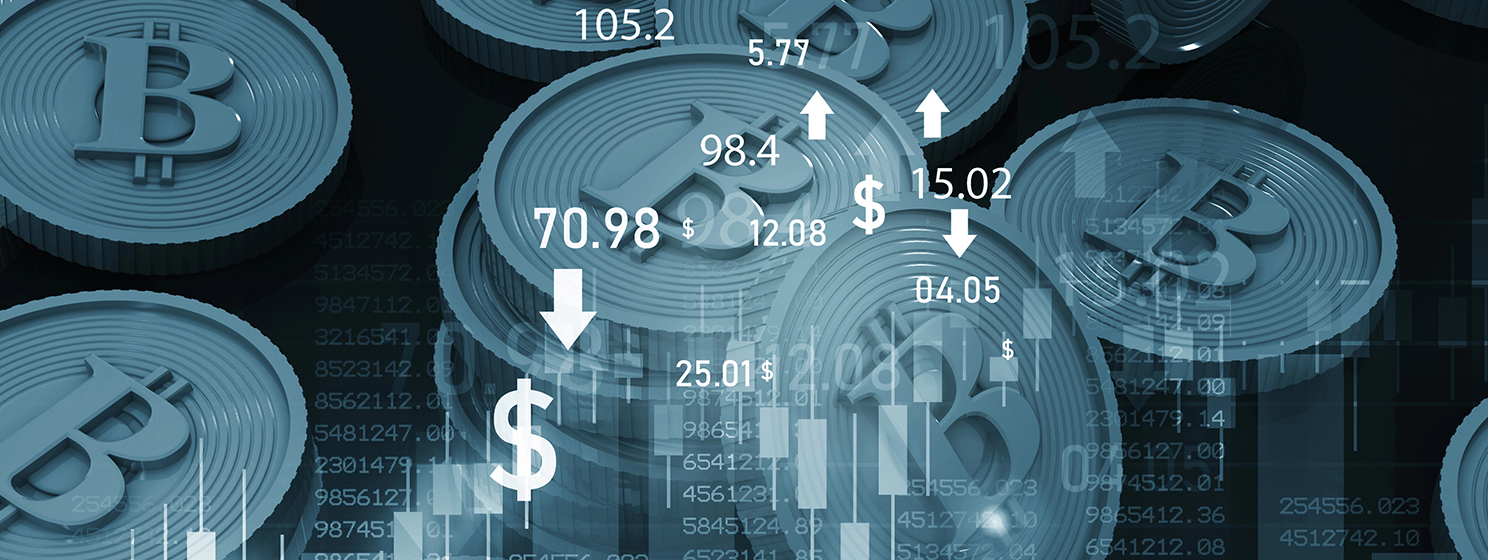|
Getting your Trinity Audio player ready...
|
Brazil’s central banks will relax proposed regulations that would have restricted the use of stablecoins in cross-border funds transfer and clamped down on self-hosted wallets, local reports say.
In December, the Banco Central do Brasil published a consultation paper outlining proposed laws limiting cross-border digital asset transfers to VASPs with a foreign exchange (FX) license. The paper also laid out plans to prohibit the transfer of stablecoins pegged to foreign currencies to self-hosted wallets. Brazilians would also be barred from making local payments using these stablecoins.
Six months later, the top bank said that after reviewing public feedback, it had decided to relax some measures as they would have stifled innovation.
“In the case of this consultation on virtual assets in the foreign exchange market, it was more exploratory, to gain a broader understanding of the market participants. We are dealing with issues from a new universe,” said Eduardo de Sousa, the bank’s head of FX regulation.
Speaking at a fintech event in Rio de Janeiro, de Sousa noted that the paper was mainly to “explore possibilities” and that the regulator hadn’t made any policy decision yet. He added that the bank’s feedback has shaped its understanding of the sector and its needs.
The watchdog is also reconsidering a proposal to bar Brazilians from withdrawing foreign-denominated stablecoins into self-hosted wallets. In December, the bank claimed that this would restrict individuals from sending the funds unchecked abroad since self-hosted wallets aren’t actively monitored.
It now says this provision would be an overreach and that VASPs are better suited to monitor their users.
“As we realized that service providers can monitor the quality of self-custody clients, we saw room for flexibility. What’s important is to hold the institution accountable for knowing the customer using self-custody,” he stated.
Global stablecoins, local laws
Brazil is the latest in a long line of central banks working on stablecoin regulations as the sector records unprecedented growth. Stablecoins now have a market cap of $253 billion and, according to Standard Chartered, could hit $2 trillion in three years if enabling laws are implemented in key markets.
This has forced regulators to take a keen interest in the sector. However, as with other facets in the vast digital asset sector, local laws struggle with its decentralized and global nature.
In Brazil, the central bank acknowledged that this global nature makes it difficult to police exchanges and wallets. In their current form, Brazil’s foreign exchange laws don’t account for the nuances, de Sousa stated.
“Transactions made within a global ledger often do not have the purpose of an international transfer, even if they involve counterparties from different countries. It is a model that improves liquidity and price formation, and we need to understand how this fits into our regulatory framework,” he said.De Sousa echoed the views of Deputy Governor Renato Gomes, who, a week earlier, had sounded a warning over the global nature of digital assets and what it means for financial regulations. Gomes claimed that stablecoins “offer a bypass instance, ” enabling users to sidestep FX checks.
“You can get the stablecoins, and when you get to the United States or anywhere else, you can cash out the stablecoin and essentially use an account in dollars without all the usual regulation,” he stated at an event in London.
Tokenized short-term funds hit $5.7 billion: Moody’s
In other news, credit rating giant Moody’s (NASDAQ: MCO) says tokenized short-term liquidity funds are growing rapidly and are now a $5.7 billion market.
Tokenized short-term liquidity funds operate similarly to money market funds, but their management is done onchain, enabling fractionalization and enhancing accessibility, transparency, and efficiency. The first fund was the Franklin OnChain U.S. Government Money Fund (FOBXX), launched in 2021.
“Their adoption to date has largely been driven by near-term cash management benefits for investors and the bridge they create between the traditional finance and digital finance markets,” Moody’s stated in its report.
For asset managers, these funds expand the investor base and tap a previously unexplored market. For investors, they open up a new market where shares can be traded at will, around the clock, and all year round.
Moody’s says that these funds will continue to see rapid growth as an alternative to stablecoins, which don’t offer yield.
“Independent consultant McKinsey & Company projects asset tokenization of $2 trillion by 20305 and tokenized short-term liquidity funds would likely be a core foundational tokenized product supporting the liquidity needs of this sector,” the Moody’s report concluded.
Watch | Spotlight On: Centi Franc—the truly stable stablecoin

 12-09-2025
12-09-2025 





